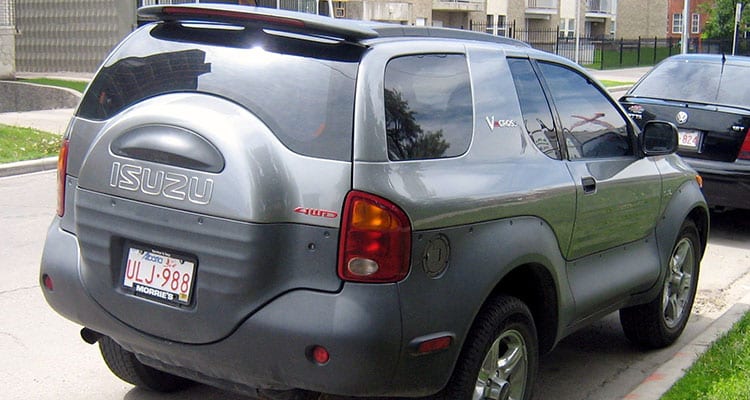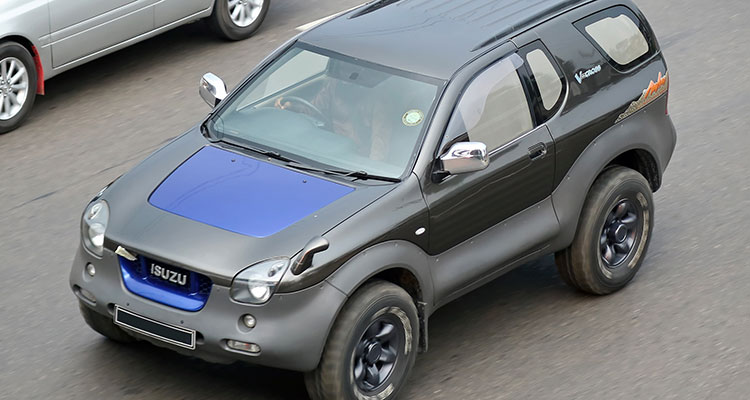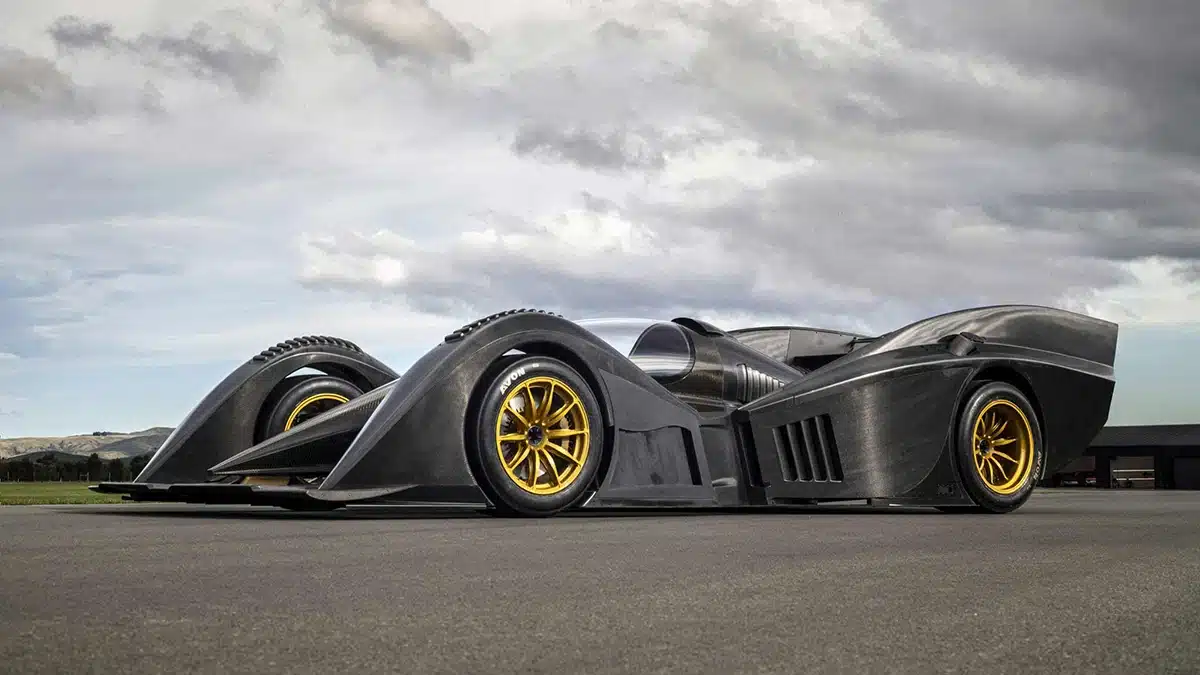In 1993, Isuzu showcased the VehiCross concept car at the Tokyo International Auto Show. It was a vehicle which, like many concepts, divided opinion, mainly thanks to its unusual design. Few vehicles evolve seamlessly from concept to production; the VehiCross was one of them.

Initially designed to garner attention in the Japanese market, the VehiCross features integrated headlamps, a sweeping windscreen and a spare tire that sits inside the vehicle, awkwardly bulging out of the rear door. Black plastic cladding shields the vehicle’s lower half, swelling out of the underside like a strange shadow that follows the car as it bumbles around.

The VehiCross’ short overhangs and aggressive forward-leaning stance paint an assertive image that conflicts wildly with the rest of the vehicle’s more adorable aesthetic, akin to a child trying to scare you in their Halloween costume – the titanium ‘fangs’ wedged into the grille the cherry on top.
The VehiCross concept was so unorthodox that it caused Isuzu’s creation to quickly explode in popularity beyond just Japan. The Japanese automaker subsequently made the decision not only to enter production but to take the VehiCross to the US. Contrary to what many might believe, Isuzu always intended for the VehiCross to be a limited-production model. Between 1997 and 2001 only 5,958 vehicles were produced, with the bulk of these produced for the US market.

The VehiCross inherited a 215bhp V6 engine from Isuzu’s Trooper SUV. It also featured a Torque on Demand (TOD) 4-wheel-drive system which used sensors to transmit power to the wheels with the most traction. A rear-wheel-drive was the vehicle’s default driving system, but the front wheels would be activated when needed. The instrument cluster also included a display that would show drivers the instantaneous torque split. All this ensured that the VehiCross was a surprisingly efficient off-road vehicle, despite Isuzu not necessarily engineering the VehiCross with off-roading in mind.
And if you needed any proof that the VehiCross was a more than capable off-roader, it managed to win the 1998 Paris Dakar Rally and the 1999 Australian Safari Rally!

Despite the car’s bizarre look, Isuzu deserves a degree of respect for attempting to try something new with the VehiCross. In an age where design conformity seems to be the norm, such an eccentric aesthetic is refreshing to see. Furthermore, the fact that the VehiCross backed its strange appearance with competent drivability further strengthens its case as a car that although undoubtedly weird, deserves its props.
For more articles like this, receive our weekly e-newsletter, including partner deals and all things motoring, register your email below.
Please note: You cannot subscribe to Smart-Motoring unless you put a tick in the checkbox below to indicate have read and agreed to our privacy policy.



